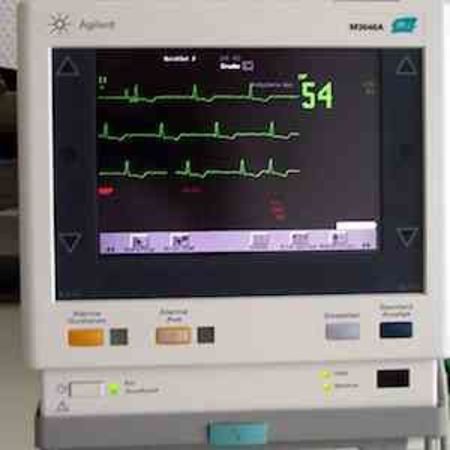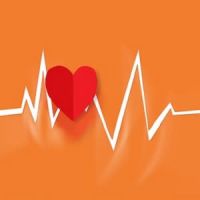Healthcare providers typically rely on automated arrhythmia detection algorithms in physiologic monitoring systems to help them identify of any critical or abnormal changes in a patient's ECG. However, the ECRI Institute recently published a report that talks about the hazards of overrelying on these monitoring systems.
There is no doubt that these algorithms are a valuable tool but it is important to understand that they are still unable to detect 100 percent of arrhythmias, some that could be potentially lethal. By overrelying on these systems, there is a risk that clinicians could miss events that the monitoring system failed to detect.
Automated arrhythmia detection should not be considered as a replacement for direct surveillance of the patient. The new guidance from ECRI is based on safety reports, accidents and trends.
Traditional Telemetry Settings - Challenges
Some of the challenges associated with telemetry care settings include:
- These systems do not provide any waveform or patient data at the point of care.
- More patients are assigned to a single nurse in a telemetry care area thus reducing the level of close supervision per patient.
- Telemetry is generally used on sicker patients who are at a greater risk of arrhythmias and require more surveillance.
Monitor watchers are trained and engaged in reviewing multiple patients' ECG rhythms for any abnormal changes. They are also expected to identify trends, filter nuisance alarms and ensure timely response. While having dedicated personnel monitoring patient ECGs may be better than relying solely on monitoring systems, it should be noted that the effectiveness of monitor watchers depends on other factors such as the number of patients being watched, monitor training and the role of the watcher. When considering using a monitor watcher program, the following elements should be considered:
1. The competency level of the watcher
2. Clear and specific definition of the duties of monitor watchers.
3. A reliable communication channel between the monitor watchers and the clinicians.
4. Accounting for factors such as patient-to-watcher ratio, shift duration, breaks, and the ergonomics
of the monitor watcher stations.
Source: ECRI Institute
Image Credit: Wikimedia Commons
Latest Articles
monitoring telemetry systems, telemetry, ECG, monitor watchers, arrhythmia
Healthcare providers typically rely on automated arrhythmia detection algorithms in physiologic monitoring systems to help them identify of any critical or abnormal changes in a patient's ECG. However, the ECRI Institute recently published a report that t



























